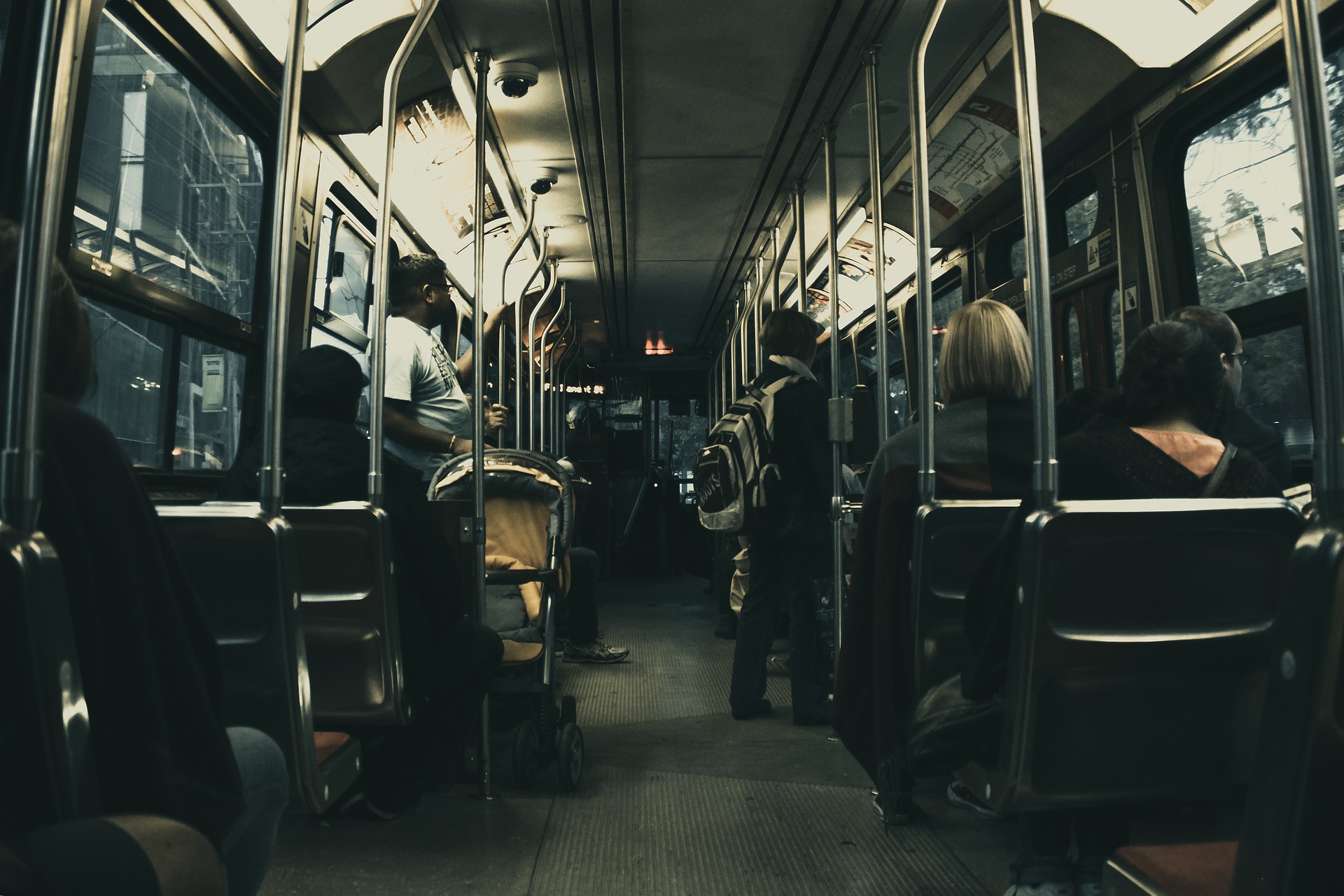Rediscovering City Travel: The Emergence of Urban Hiking
Urban hiking, a concept that merges the thrill of exploration with the comforts of city life, is redefining travel experiences for many. This trend has taken root in cities around the world, providing a fresh perspective on city exploration. By blending the best of urban and natural environments, urban hiking delivers an exciting, immersive experience that is both physically gratifying and culturally enriching.
A New Horizon in Travel: The Birth and Rise of Urban Hiking
Urban hiking, despite being a relatively new concept, has roots that date back to the early 20th century. In an era when urbanization was starting to take hold, people began seeking ways to reconnect with nature without leaving city limits. This led to the birth of urban parks, and eventually, the advent of urban hiking.
The trend gained traction in the 21st century as cities expanded, and urban dwellers yearned for new ways to explore their surroundings. Eager to escape from the monotony of traditional city tours, travelers began to embrace the challenge and novelty of urban hiking, discovering hidden gems and lesser-known corners of their cities.
The Modern Urban Hiker: Trends and Insights
Today, urban hiking is witnessing a surge in popularity. This is driven by a combination of factors, from the increasing demand for active, experiential travel, to the rise of local tourism in the wake of global travel restrictions.
Modern urban hikers are motivated by the desire to discover their cities from a fresh perspective, to engage with local communities, and to enjoy the physical benefits of hiking. The trend is particularly popular among millennials and Gen Z travelers, who value authenticity, sustainability, and unique experiences.
Navigating the Concrete Jungle: The Pros and Cons of Urban Hiking
Urban hiking offers numerous advantages. It presents an opportunity to explore a city beyond its popular tourist attractions, uncovering its true essence. It encourages physical activity, promotes a deeper understanding of local culture, and fosters a sense of belonging and community.
However, urban hiking also has its challenges. It requires careful planning and preparation to ensure safety and comfort. The urban environment can present unexpected obstacles, from heavy traffic to lack of adequate facilities. Despite these challenges, the rewards of urban hiking make it a worthwhile pursuit for many.
Urban Hiking In Practice: Tips and Facts
-
Urban hiking can range from a few hours to multiple days, depending on the size of the city and the hiker’s stamina.
-
Essential items for an urban hike include comfortable walking shoes, a water bottle, sunscreen, a city map, and a fully charged phone.
-
Urban hiking is a great way to discover local street art, architectural gems, and hidden parks.
-
The trend has led to the development of smartphone apps and online communities dedicated to urban hiking.
The Future of Urban Hiking
Urban hiking is likely to continue gaining popularity as travelers seek unique, authentic, and sustainable experiences. As cities strive to become more pedestrian-friendly, the opportunities for urban hiking will only expand. This trend represents a promising way forward for the travel industry, promoting local tourism while encouraging physical activity and cultural exchange.
As we step into the future, the concept of urban hiking provides a refreshing perspective on city travel. It challenges us to see beyond the concrete and glass, to seek the hidden trails within our urban jungles, and to redefine our relationships with the cities we inhabit. The journey of an urban hiker is one of exploration, discovery, and connection, offering an enriching blend of adventure and culture that is set to redefine our perception of city travel.





